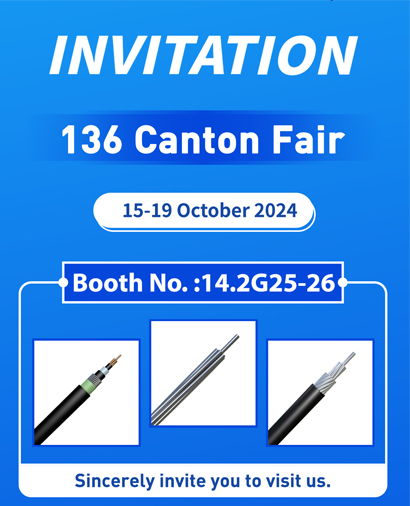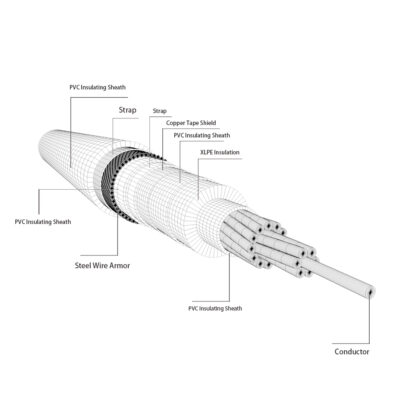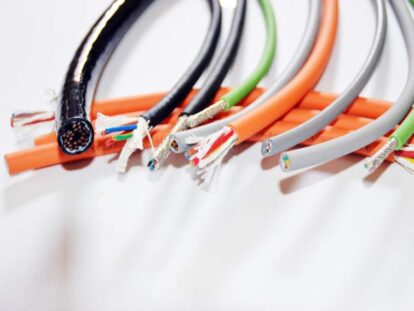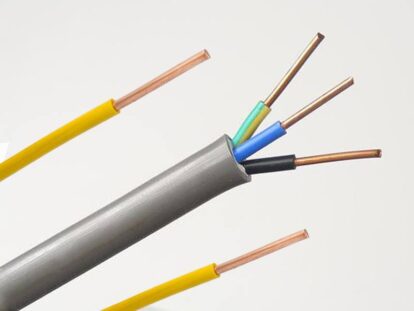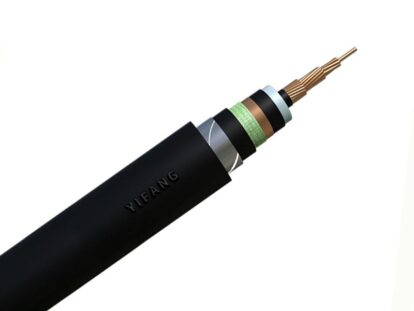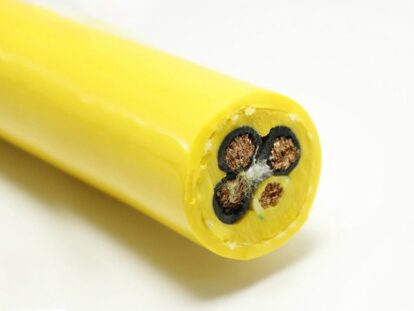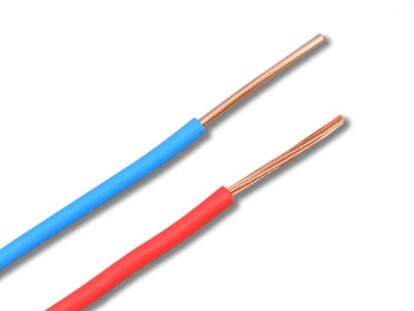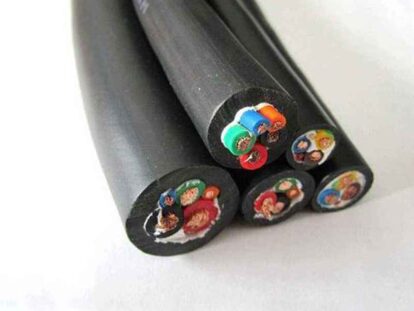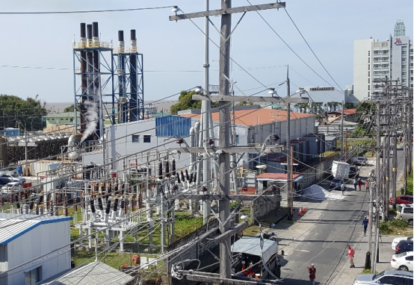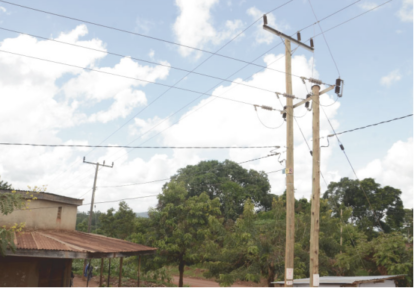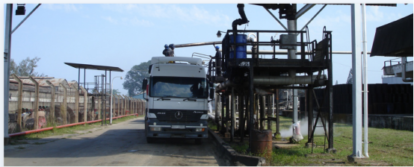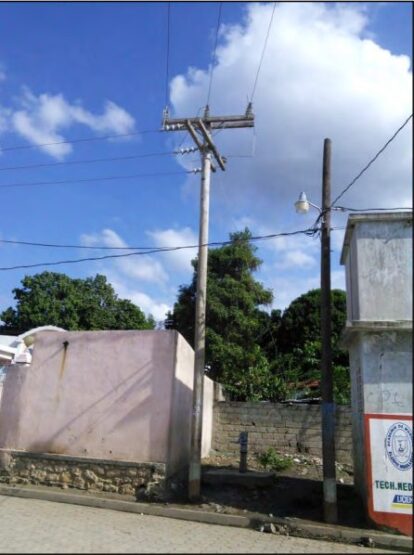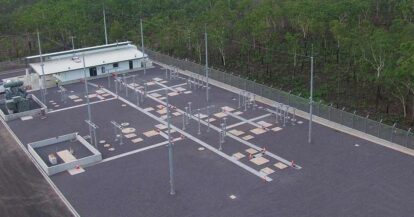IEC 61089 is an international standard formulated by the International Electrotechnical Commission, which specifies the requirements for the structure, performance, test methods and marking of AAAC. The IEC 61089 standard applies to AAACs used in overhead transmission and distribution systems with a rated voltage not exceeding 1000V.
According to the IEC 61089 standard, AAAC is made of aluminum alloy wire (6201 T81) concentrically twisted, and the twisting method is right-handed or left-handed. Each aluminum alloy wire should meet the following conditions:
– The diameter shall be within the specified range and shall be free from obvious defects or damage;
– The bending performance should meet the specified requirements, that is, no cracks should appear after bending 180 degrees on a cylinder whose diameter is 10 times the conductor diameter;
– The tensile strength should not be lower than 295 MPa;
– The elongation should not be lower than 1.5%;
– Conductivity should not be lower than 52.5% IACS.
When twisting, there should be an appropriate gap between each layer of aluminum alloy wires, and a consistent pitch should be maintained. After stranding, AAAC conductors should meet the following conditions:
– smooth and smooth in appearance, without obvious defects or damages;
– the cross-section is circular or slightly deviating from circular and parallel to the axis;
– the diameter corresponds to the specified value and does not differ by more than 2% on the same section;
– the mass corresponds to the theoretical value and does not differ by more than 2% on the same length;
– The winding density corresponds to the theoretical value and does not differ by more than 4% over the same length.
According to the IEC 61089 standard, AAAC conductors should have the following properties:
– Nominal temperature is 90°C, maximum temperature is 130°C;
– short-circuit temperature of 250°C (duration not exceeding 5 seconds);
– The minimum bending radius is 30 times the conductor diameter;
– The maximum DC resistance is calculated at 20°C and is consistent with the specified value;
– The maximum AC impedance is calculated at 75°C, taking into account factors such as skin effect and proximity effect;
– The maximum allowable ampacity is calculated at 75°C, taking into account factors such as ambient temperature, wind speed, and sunshine.







